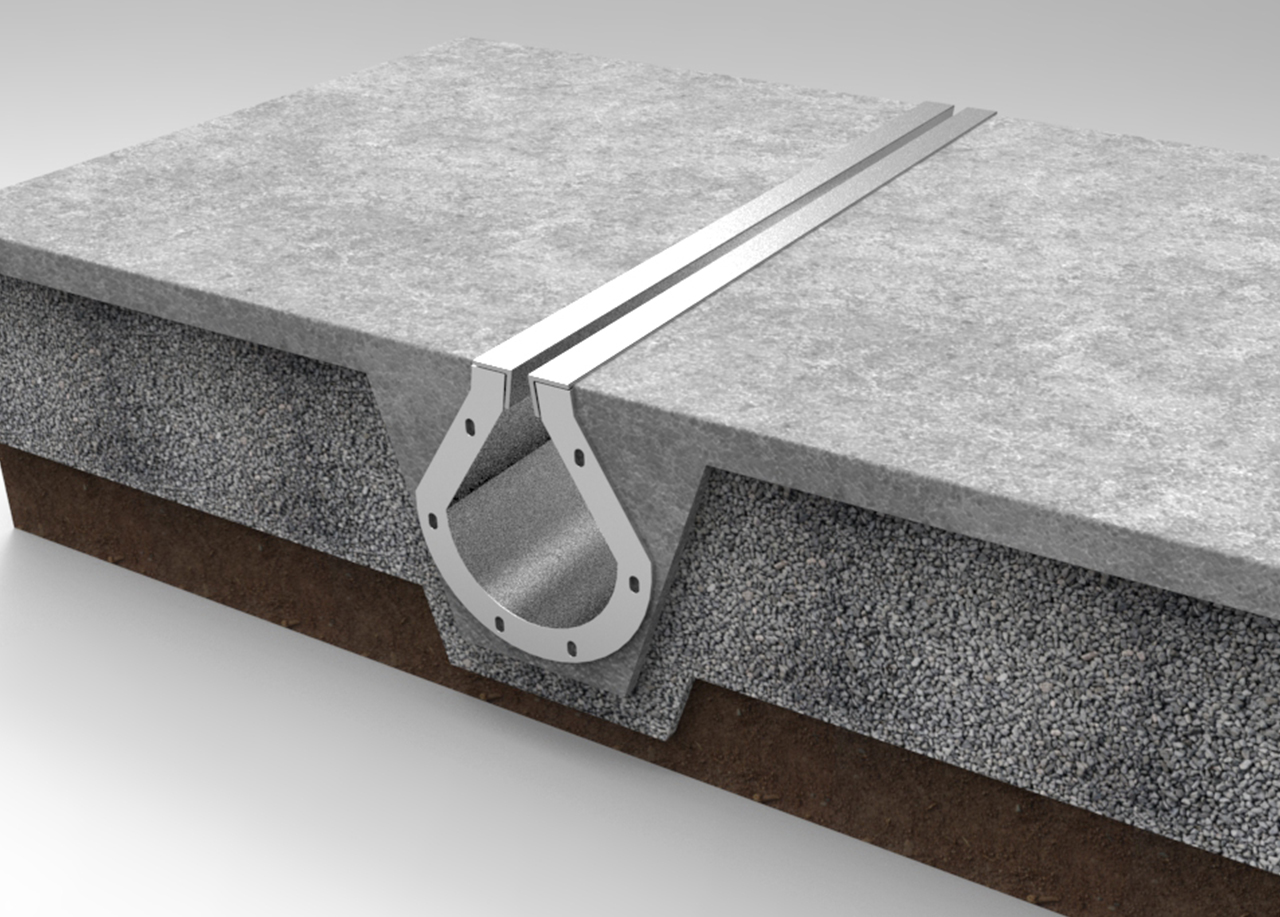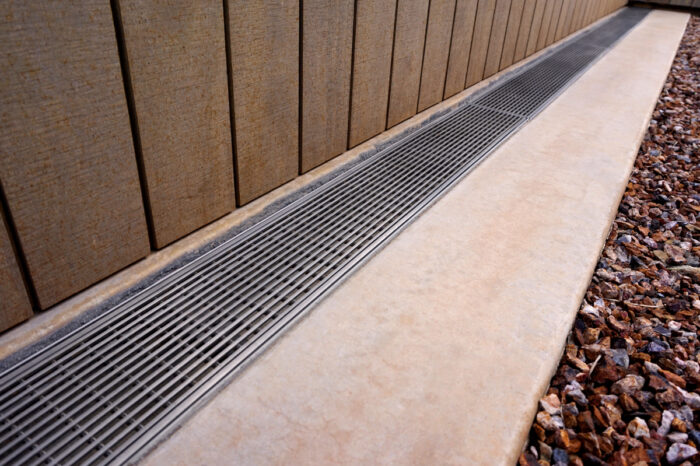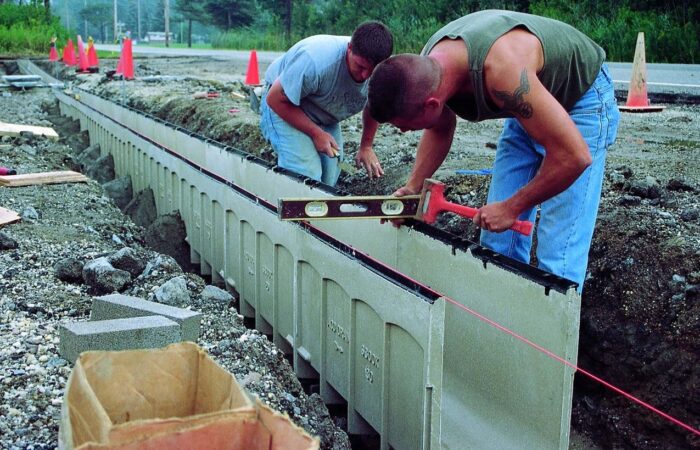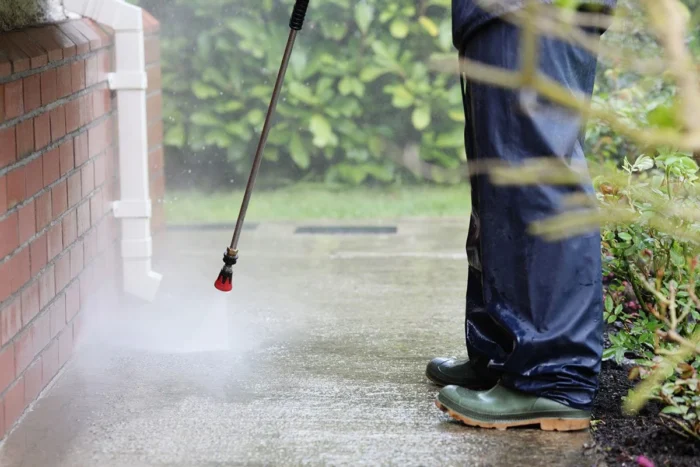
A concrete drain is a great way to direct water away from your home or business. It is important to make sure that the drain is installed properly in order to avoid any issues with flooding.
What are the benefits of a concrete drain?

A concrete drain has many benefits over other types of drains. It is more durable and will last longer, it is easier to clean and maintain, and it is less likely to clog.
A concrete drain is installed by first digging a trench for the pipe. The pipe is then laid in the trench and covered with gravel and concrete. The final step is to backfill the trench with dirt.
A concrete drain is a drainage system made of concrete pipes that are used to collect and remove water from an area. Concrete drains are often used in areas where there is a high water table or where the soil is not well drained. Concrete drains can also be used to collect and remove stormwater runoff from an area.
Concrete drains have many benefits over traditional drainage systems made of clay or plastic pipes. Concrete drains are more durable and less likely to collapse or break than clay or plastic pipes. Concrete drains are also less likely to be damaged by tree roots than other types of drainage systems. Additionally, concrete drains can be installed in areas with a high water table without the need for special foundation footings.
Concrete drains can last for many years with proper maintenance. However, it is important to have your concrete drain system inspected regularly by a qualified professional to ensure that it is functioning properly and not leaking.
How is a concrete drain installed?

A concrete drain is installed by first excavating a trench for the drain pipe. The trench is then lined with gravel and the drain pipe is installed on top of the gravel. The concrete drain is then poured around the pipe, filling in the space between the pipe and the trench walls.
Concrete drains can become clogged with debris, leaves, and other materials, which can cause problems with drainage
To clean a concrete drain, first, remove any debris from the surface of the drain. Next, use a plunger to try to dislodge any blockages in the drain. If this does not work, you may need to use a snake or other tool to clear the drain.
It is important to regularly clean concrete drains to ensure proper drainage
Concrete drains are often used in residential and commercial settings to ensure proper drainage of water. It is important to regularly clean these drains to prevent blockages and ensure optimal performance. There are a few different ways that concrete drains can be cleaned, depending on the severity of the blockage. For minor blockages, a simple flush with a garden hose may be enough to clear the drain. However, for more serious blockages, it may be necessary to use a power washer or plunger. If the blockage is still not cleared after these methods have been attempted, then it is likely time to call a professional plumber for assistance.

There are a few different methods that can be used to clean concrete drains, including pressure washing, hand-held vacuums, and chemical cleaners
If your concrete drains are starting to look a little worse for wear, there are a few different methods that can be used to clean them up. Pressure washing is one option, and can be effective at removing built-up dirt and debris. If you don’t have access to a pressure washer, hand-held vacuums and chemical cleaners can also do the trick. Whichever method you choose, regular cleaning will help keep your drains looking their best.
If you have a concrete drain that is starting to show signs of wear and tear, pressure washing is the most effective way to clean it. However, this option is also the most expensive. If you are on a budget, you may want to try one of the other methods first.
Hand-held vacuums and chemical cleaners are less expensive options for cleaning concrete drains, but they are not as effective as pressure washing.








